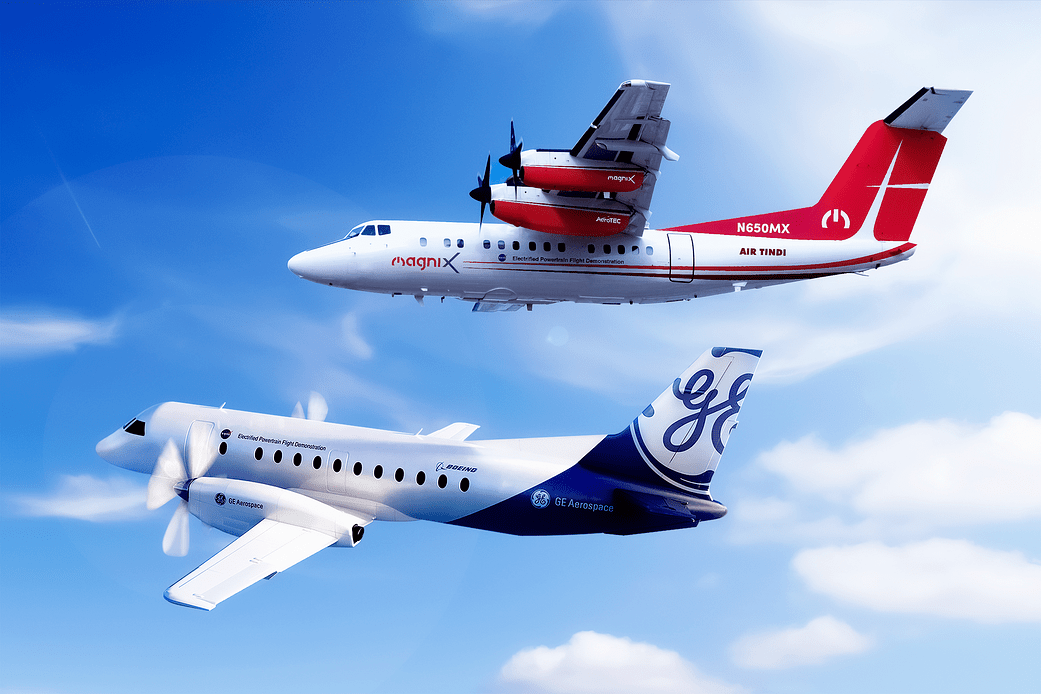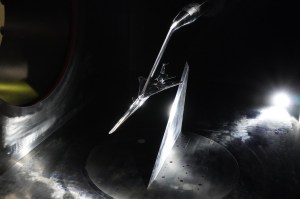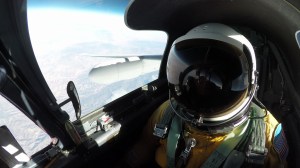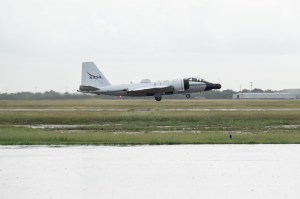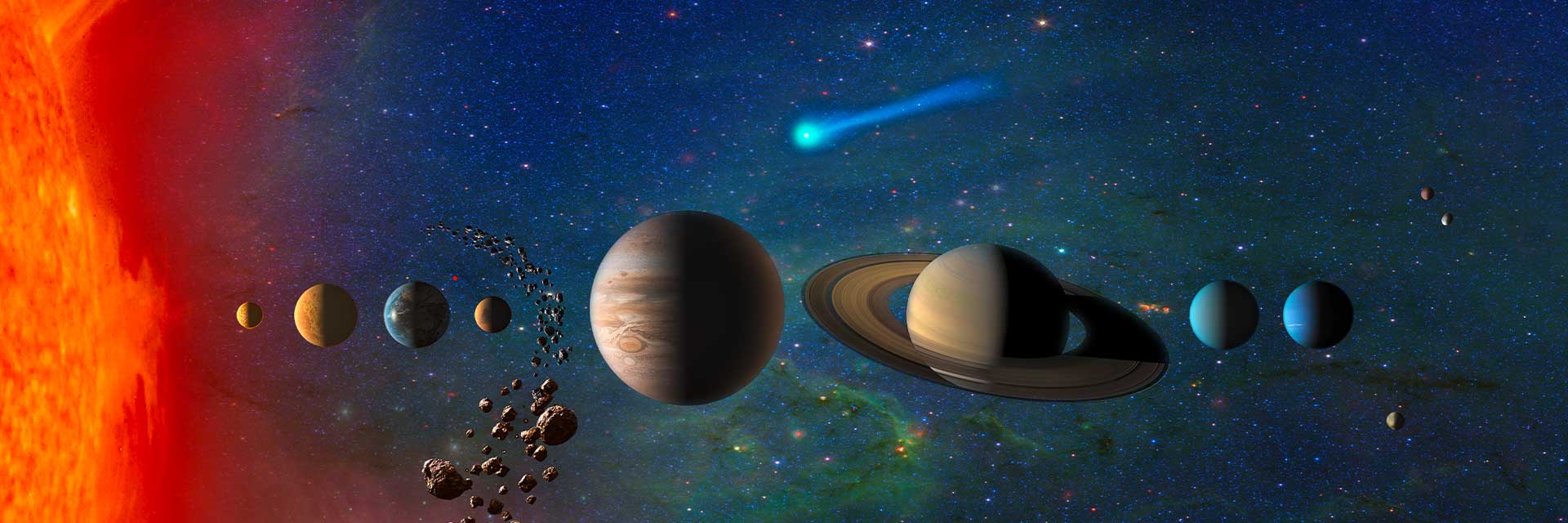GE Aerospace and magniX have revealed the paint schemes of the hybrid electric aircraft they will fly as part of NASA’s Electrified Powertrain Flight Demonstration (EPFD) project.
Under EPFD, GE Aerospace is developing a megawatt-class hybrid electric powertrain for ground and flight tests in the middle of this decade. Boeing and its subsidiary Aurora Flight Sciences are partnering with GE Aerospace to support the flight tests using a modified Saab 340B aircraft. The flight test campaigns will be based out of Aurora Flight Sciences’ facilities, including in Manassas, Virginia.
For its demonstration, magniX is partnering with AeroTEC and Air Tindi to test its hybrid powertrain installed on a modified DeHavilland “Dash 7” aircraft. The flight test campaigns will be based out of the AeroTEC Flight Test Center in Moses Lake, Washington.
Each industry partnership will assist with integrating the electric aircraft propulsion systems into the flight demonstrators, as well as help with overall design, modification, and flight tests of the aircraft.
Through EPFD, NASA collaborates with U.S. industry to conduct ground and flight tests of existing aircraft testbeds retrofitted with electrified aircraft propulsion (EAP) technologies. The project’s goal is to accelerate the transition of hybrid propulsion systems with megawatt (MW) levels of power to short-haul turboprop aircraft carrying 30-70 passengers and regional single-aisle commercial airliners carrying up to 180 passengers. EPFD will also inform the development of new standards for next-generation hybrid-electric aircraft.
EAP technologies have the potential to improve fuel efficiency and reduce harmful emissions from flight. NASA is targeting at least two flight demonstrations within the next five years to help introduce EAP systems to the U.S. commercial fleet within the 2030-2035 timeframe.
Image credit: NASA / GE Aerospace / magniX


























